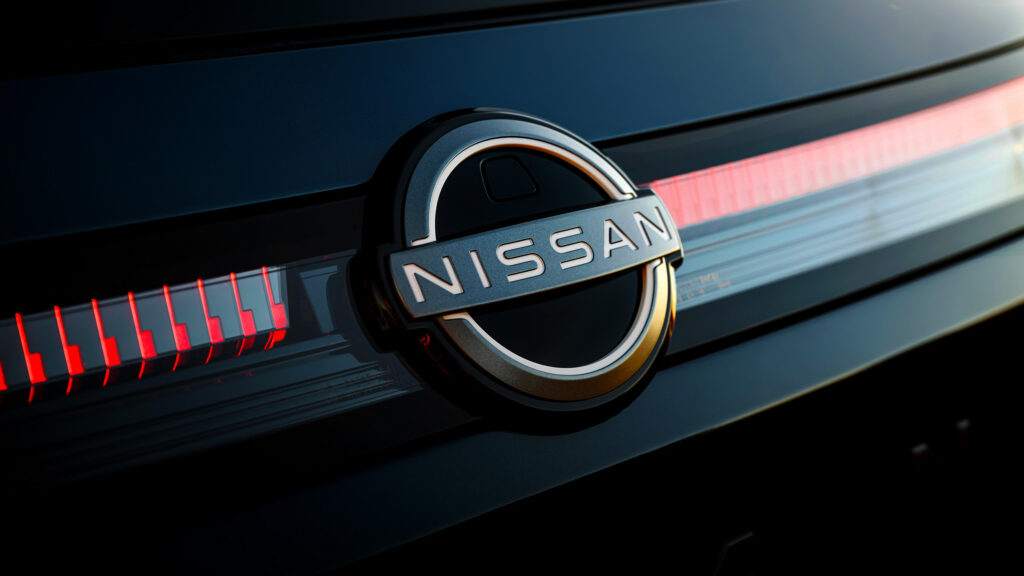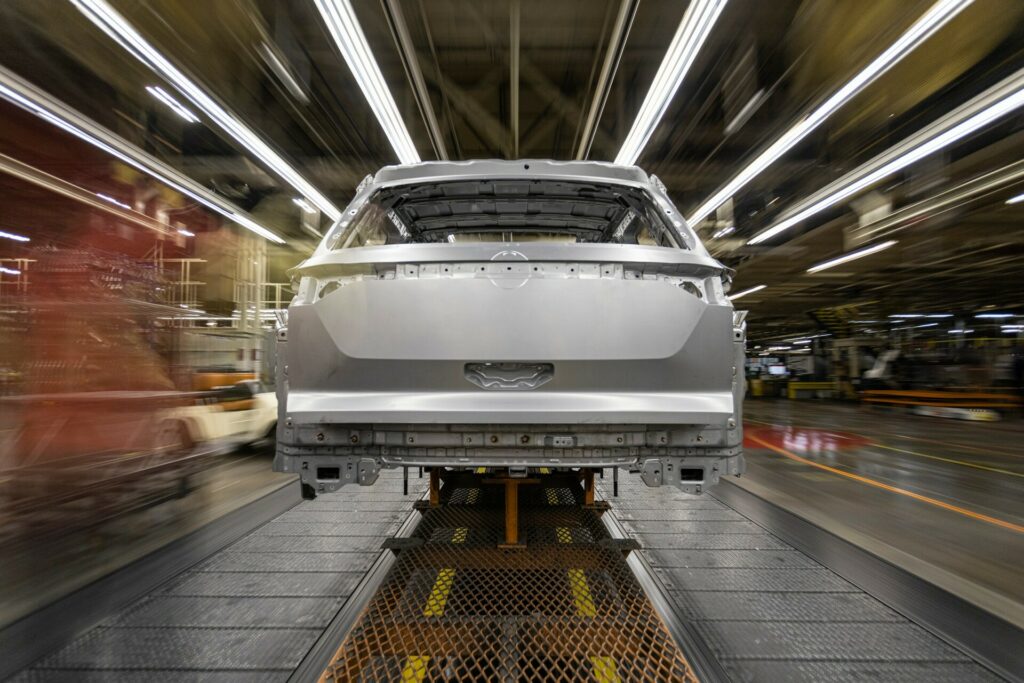Nissan’s Strategy

Nissan, the renowned Japanese automaker, is accelerating its production efforts in the United States. With increasing trade tensions and tariffs, the company is on a mission to enhance its local manufacturing footprint. This move is not just about keeping production levels high; it’s a strategic response to potential cost hikes in the market due to tariffs. Currently, Nissan is operating at less than half its capacity in the U.S., with its plant in Smyrna, Tennessee, producing just over 314,500 vehicles out of a possible 640,000 annually.
The tariffs have been a significant catalyst, pushing Nissan to increase its local investments. The goal is to not only maximize plant capacity but also to establish a more robust U.S. presence. This step could help in mitigating the impact of potential price increases on new cars, which could affect affordable market segments that many buyers rely on.
Impact of Tariffs

The tariffs have put pressure on the automotive industry to rethink its production and supply chain strategies. For Nissan, this means coping with rising costs and figuring out how to keep their vehicles competitively priced. Nissan Americas chairman, Christian Meunier, has pointed out that the cost pressure could make it challenging to maintain lower-priced models, potentially shrinking the market for affordable vehicles.
Analysts foresee a possible increase in sticker prices by 10 to 15 percent due to these tariffs. This situation makes it imperative for Nissan to localize its production as much as possible, leveraging facilities like the one in Smyrna to cushion against these price hikes.
Driving Experience

Now, let’s talk about the driving experience with some of Nissan’s U.S. manufactured vehicles. Models that roll out of the Smyrna plant, like the Murano, offer a solid driving experience that’s both reliable and comfortable. The Murano’s V6 engine provides enough punch to make highway driving a breeze while maintaining a smooth and composed demeanor. Compared to vehicles like the Ford Edge or the Toyota RAV4, the Murano offers a touch more refinement in ride quality.
The handling might not turn heads on a racetrack, but for everyday driving, it’s balanced and predictable, delivering what one would expect from a crossover in its class. The cabin is designed to be quiet and plush, making longer journeys enjoyable. This is the kind of vehicle that embodies the dependable, no-fuss nature that Nissan aims to deliver from its U.S. production lines.
Looking Ahead
Nissan has big plans for its U.S. operations, and adapting to the current economic climate is part of that blueprint. Expanding the product lineup manufactured in America is on the horizon, with new models potentially joining the production line in Tennessee. Hybrid models could also be a future offering, aligning with the growing demand for more environmentally friendly vehicles.
The company’s ability to adapt quickly will be crucial, as it continues to navigate through tariff challenges and a competitive automotive market. With the right strategy and execution, Nissan aims to maintain its foothold in the U.S. and ensure that it remains a key player in delivering quality vehicles at competitive prices.
Miata's Light Future
Hertz's Bold Revival
Corvette EV Future
VW Keeps Prices Stable
Hyundai's 2025 Vision